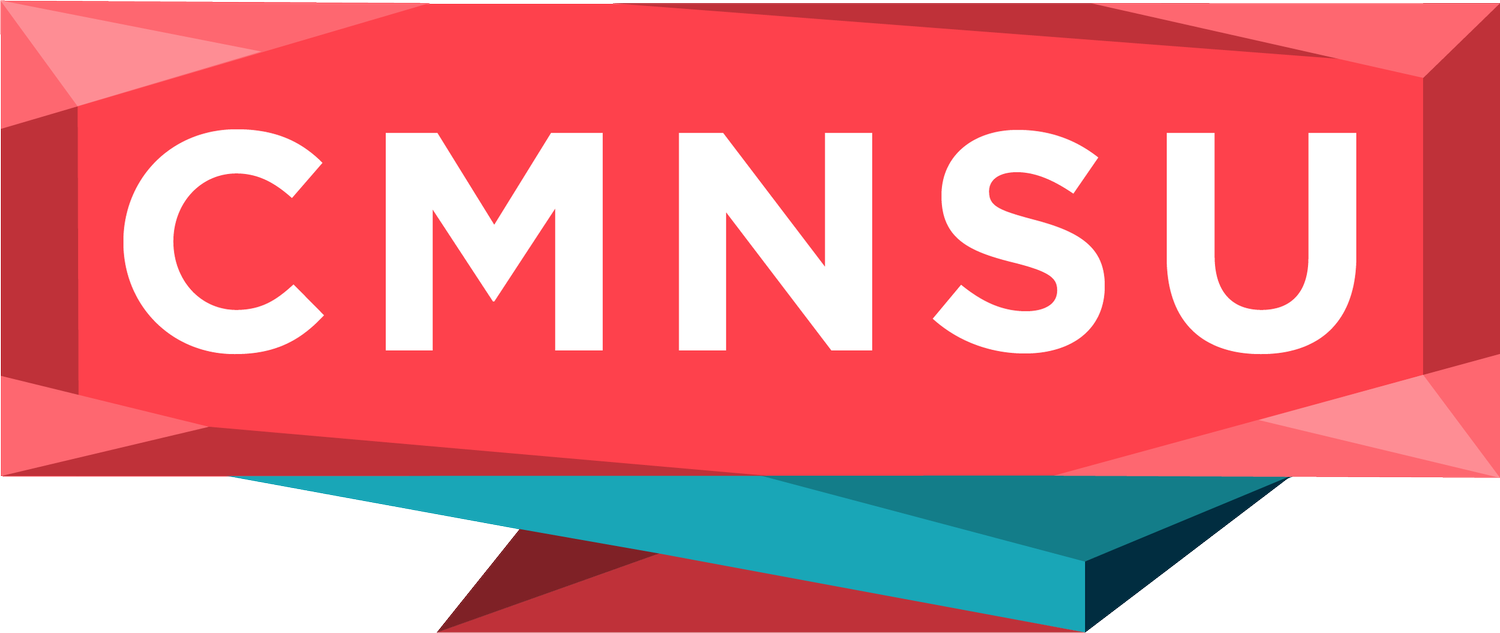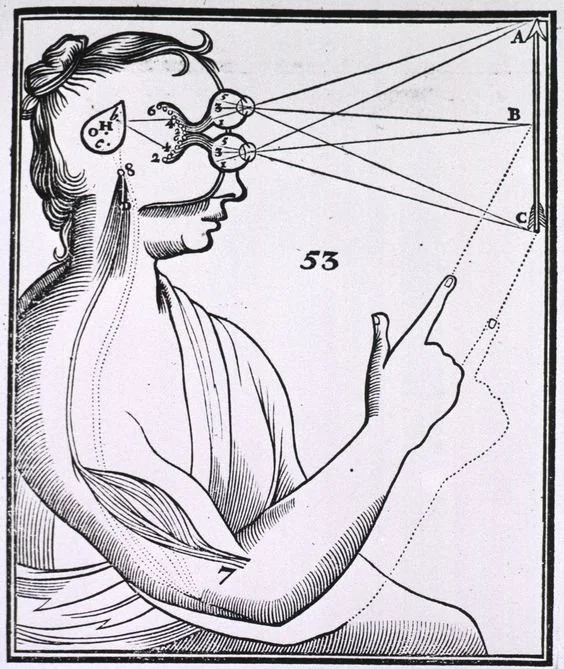Mediatized Stimuli
1. Mediatized
All life becomes mediatized, experience now consumable via multistimuli form. Audio-video-text the three ingredients through which anything can be experienced, one that leaves a most unsatisfied recipient. Simultaneously hyperstimulated and unsatisfied, two magnetized points through which you cycle through with the nauseating looping force of a kid perma-stuck in a wavepool — which very much feels more ocean than pool.
Mediatization usually refers to the role of the mass media as a force of influence, seeping into sectors of society, making itself integral to all facets of life. Undoubtedly true, of course, but I crave a word for what I want, and mediatization will do. Mediatization to me should be understood along the lines of replacement. It chews up what came before, now its mediatized form is a stimuli ready for easy consumption. An experience is not lived through in these conditions, instead you live a life of a perma-voyeur. There exists now for every experience of life, a mediatized rendition of it in the form of content for you to consume. We are in the age now — where thanks to the rise of the ingredients of video and audio — mediatized life is now the dominant experience.
2. Hunger
Take, for example, the current context of cooking/food media. The textual (and photographic) medium allowed for cookbooks, which are not a replacement (mediatization) of cooking or eating, but a process that leads its reader into an experience of cooking. The visual medium shoots this guiding sherpa's hand in its cashmere cradle. Visual media (I refer to television, youtube, short-form content, and anything video) purely teaches voyeuristic consumption, the underlying experience of watching a video is to live through it, its powers of immersiveness too alluring to not — in even the most miniscule way — feel yourself sucked into the video at hand. It preys on the childlike behavior of modelling behavior, a kid seated at a movie theatre downloading new attractive personalities from the movie characters they see.
The fixation caused by the visual medium is why Uber Eats and other food delivery apps are so successful. While using them, you feel the magnetized points of hyperstimulation and dissatisfaction. Your hunger is, in a way, sated by seeing possible food options while also simultaneously making you more hungry.
Imagine yourself in a restaurant (this will be tough depending on your generation), two menus are presented to you. One menu contains images of the food available, and one only with names of dishes and their various imported ingredients. A menu with the visual stimuli of photos will increase your hunger to a much larger extent than the one without, as you have now seen your meal — and in a metaphorical way, already begun eating via your imagination. The other is too vague, too non-visualizable. Your hunger may still be there — your dissatisfaction — but this voyeuristic imaginative consumption has not begun. It’s too abstract. Visual media realizes the abstract, it mediatizes it. The two menu items lead to two different desires, one of a mediatized hyperstimuli and one of an abstract curiosity.
A menu with photos is a present wrapped with translucent paper, making visible what is about to be received. This is what a mediatized experience is.
3. Far Away Places
Now, think of this in regard to the travel content you might see on Instagram or YouTube. If your desire to travel to a certain place was influenced and caused by a video of someone else, you automatically begin judging the potential of your trip via their experience. It becomes your metric for success, your desire-grading-sheet through which you aim to achieve a feeling of satisfaction, of possible happiness. But the boxes on your grading sheet cannot be filled, your pen’s ink too weak to complete a check. This will never be satisfied, especially if you consume even more content of the place you choose to visit. Because by consuming this content, you have already been there. You’ve seen it, you’ve felt it. And even once you are there and you are satisfied, you measure your satisfaction based on its relation to how the photos looked, how it looked on video. You will constantly judge it in opposition to what you saw online, instead of experiencing traveling as something that stands on its own. We already live in VR.
The point on travel dejects me. Can you imagine the experience of travelling to somewhere you have only read about and never seen a photograph or video of? Technological advances robbed you of that.
Maybe you’ve seen a painting of it — not a photorealistic one, photorealism is the death of creativity, and of art — and you’ve read a fiction that takes place in the setting. Your experience then will be based on a textual or artistic abstract of a setting, of this place you visualized purely through your mind. You’re not really comparing as much as resonating in this scenario, your travel experience is now informed not by subconsciously (and consciously) comparing yourself to some schmucks video, you’re not comparing it to anything at all. Your exploration happens now both at the physical and introspective level, the second of which is not possible with mass video consumption.
Are you an explorer if you’ve already seen the place you’ll be? The path has been laid out for you already, you’re just tracing digital footsteps.
4. Superstimuli
Pornography, fandoms, and gambling represent the mediatization of the addictive. The ultimate Mediatized Hyperstimuli. Replacing sex, social, and gambling, respectively. They are not the only hyperstimuli, the first two however are the two most consumed ones (albeit gambling might take its place among them soon). Superstimuli (or supernormal stimulation) is a radicalized stimulation (of which was already exciting to begin with) now intensified tenfold to elicit a stronger response on its target. It’s intensely addictive, animalistically sexual pill-popping coke-bumping porno greed entertainment addiction. Superstimuli are the addition of the powerful addictive forces of entertainment on top of a process that is already entertaining.
It is sugar in food it should not be in, laugh tracks drawing laughter, nude scenes in films, celebratory ringing dingings of slot machines, colored animated subtitles on short-form content, the red color of an Instagram heart, slowed and reverbed music, sped-up nightcore music, spatial audio headphone features, 4D cinemas, discord/iMessage during lectures because of self-decided boredom, D-Box Cineplex seats, multitasking your movie with the content of your phone, chatgpt, sexting, a fandom that you consume more than the artist/topic it is linked to, facetuning yourself for intentional body dysmorphia, I’ll get high before eating to enjoy it more, your inability to go to the gym alone cause you need a social addition, personalized sex dolls, the right YouTube video gives you permission to eat, headphones that are inside an ear more than they’re in a case, your evermore radicalizing specific pornography palette, family dinner tables with more screens than people, deepfake pornography, listening to Charli XCX while helplessly watching a woman punched in the back of a head on a street, gambling yourself on the left splitscreen with watching gambling content on the right, videos of dead Gazan children with your morning Yerba, personality-curated AI lover chatbots, gore, murder clips on liveleak, silence.
It’ll keep going, superstimuli advancing and encroaching. Hyperreality is attractive, isn’t it? You should allow yourself to feel good, all of the time.

